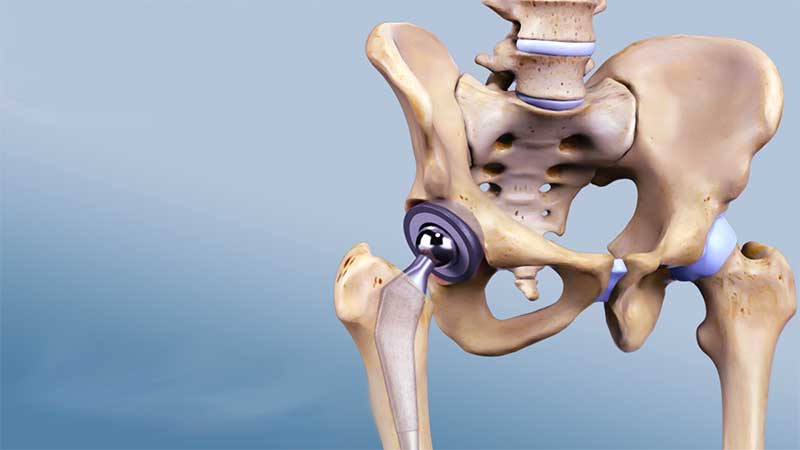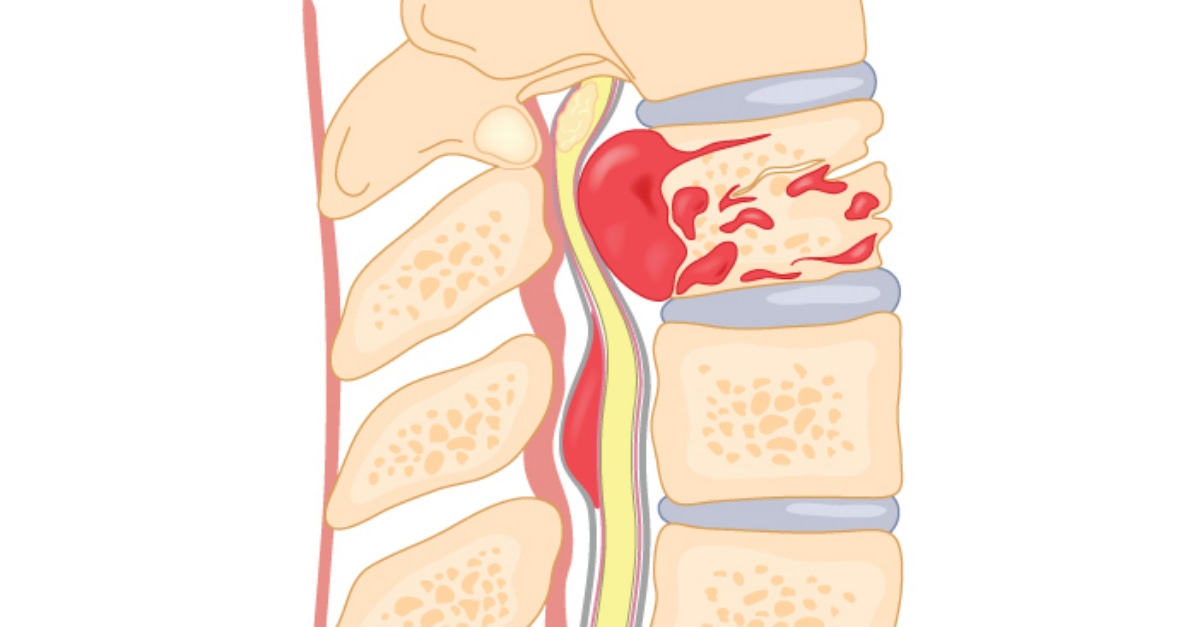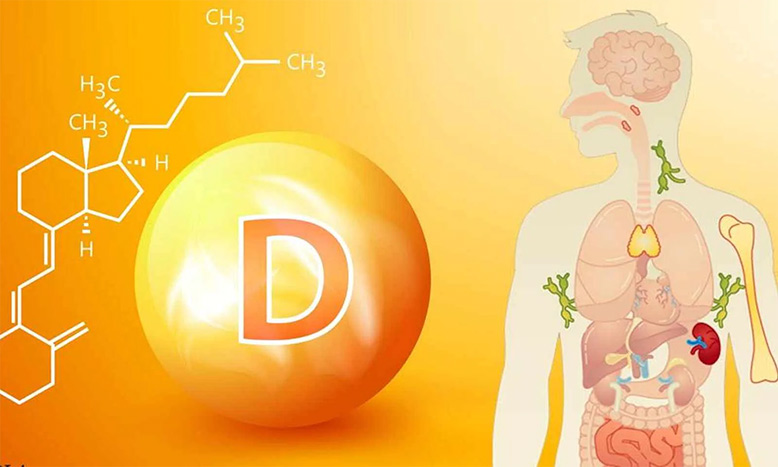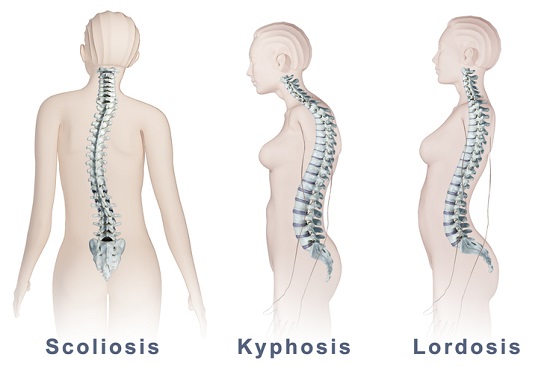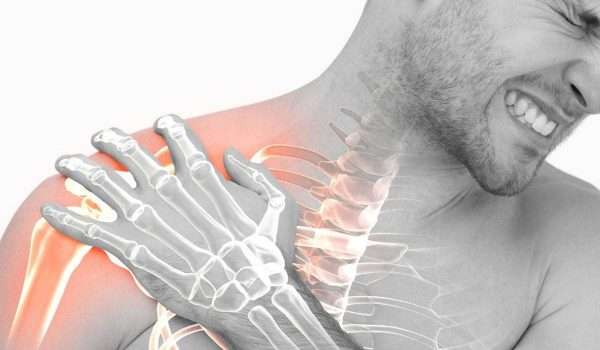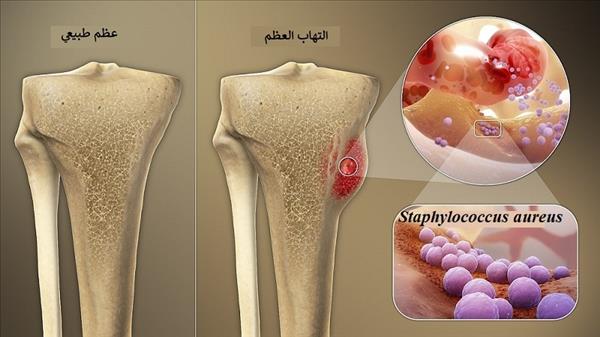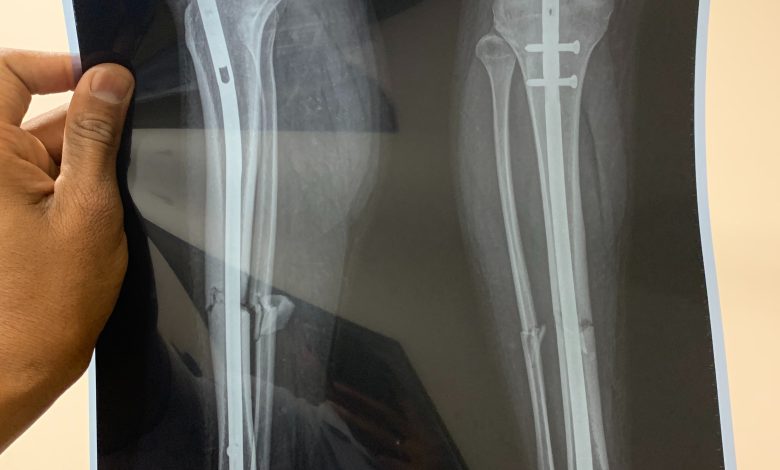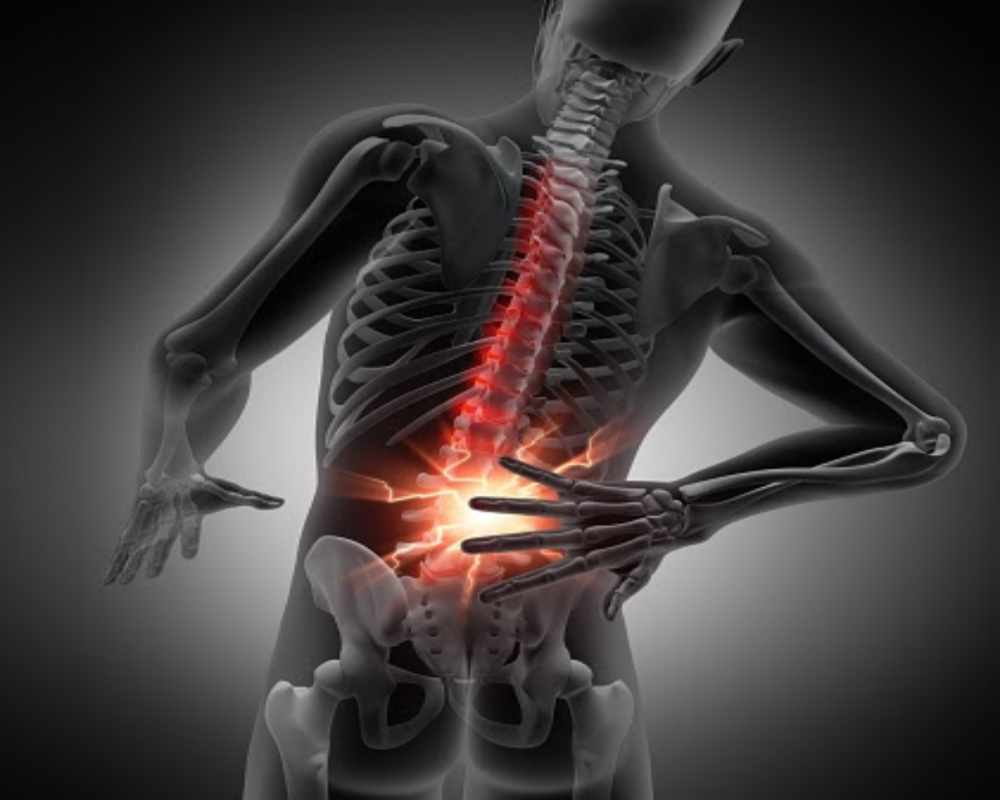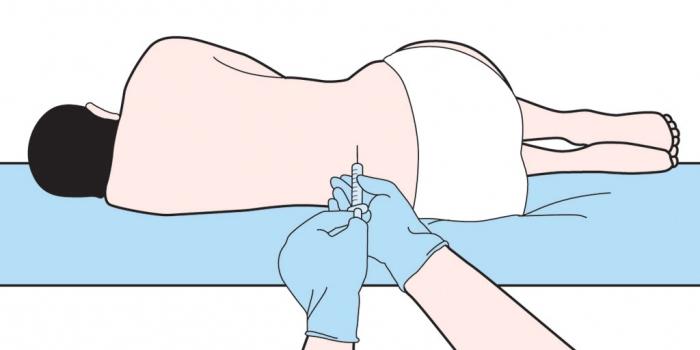Learn about sciatica laser surgery
There is more than one non-surgical procedure through which a herniated disc and sciatica can be treated, which are identified in detail in the following article.
Laser sciatica surgery
Laser sciatica surgery is one of the modern safe operations that worked to relieve the symptoms of sciatica and improve the pressure placed on the sciatic nerve that causes sciatica pain, and the operation is performed as follows:
- The doctor begins preparing the patient for the operation through local anesthesia.
- Laser sciatica is performed by shining a low-intensity beam of light on the affected nerve.
- The light beam from the laser turns into electromagnetic waves that stop the nerve from sending pain signals to the brain.
- The duration of the operation usually does not exceed 20 minutes, and the patient can be discharged on the same day, following the instructions of the doctors in the postoperative period.
It is important to refer to the doctor before performing the laser sciatica operation because it works to treat sciatica pain temporarily, from several months to a year, and it is often used in medical conditions that require a short treatment period.
Laparoscopic sciatica operation
Endoscopy or endoscopy operations are distinguished as modern techniques in the treatment of many diseases, and one of the most important features is that they do not require an open wound, but rather it is performed through small openings that do not exceed two millimeters, so there is not a long time for the wound to heal and the person can exercise his activity after 24 hours of performing it.
The endoscopic sciatica operation works by disrupting the work of the sciatic nerve so that it does not transmit the nerve signals of pain to the brain through cauterization without causing any damage to the affected leg, and sciatica endoscopic surgery is performed as follows:
- Two or three holes are made to insert the endoscope, which is a tube with a camera and a light source.
- The exact location of the injury is determined by working on the endoscope and inserting other precise tools from the other hole.
- After the sciatic nerve has been cut to make it stop sending pain signals to the brain, the wound is sterilized and a bandage is placed over it.
- Local anesthesia is used for this operation.
- The patient can be discharged from the hospital on the day of the operation, after the doctors’ permission.
One of the important advantages of laparoscopic sciatica surgery is that it preserves the body and treats sciatica pain for up to 3 years, and you can practice your activities normally several days after the operation while maintaining other types of treatment recommended by doctors.
Post-operative sciatica
Some procedures were taken after the sciatica operation, as follows:
- Avoid carrying heavy objects in the days following the operation.
- It is important not to practice swimming or diving immediately after the operation and for 24 hours.
- Use cold water compresses, which reduce swelling caused by the operation.
- Use of painkillers approved by doctors until the person fully recovers from sciatica pain.
The seriousness of the sciatica surgery
Sciatica surgery has some risks, like any other operation, and the risks or complications appear as follows:
- Swelling in the affected part after the operation.
- Inflammation of the nerves.
- Bacterial infection.
- The presence of an allergy to anesthesia in rare cases.
- Bleeding at the site of the operation.
Therefore, the person who underwent the sciatica operation must be keen to follow up with the specialist doctor after the procedure, to be reassured about the health condition and to avoid the risk of complications.
How successful is the sciatica operation?
There is a high success rate of 85%, and people begin to get rid of sciatica pain after several days of the operation because the sciatic nerve has stopped delivering pain signals to the part of the brain responsible for feeling it, and thus the person feels better, but in some cases, the nerve may grow again after a short period and the feeling of pain returns, so it is important to refer to the attending physician as soon as possible.
How are a herniated disc and sciatica treated without surgery?
There is a strong relationship between herniated disc and sciatica because moving the disc between the vertebrae of the spine and causing it to slip leads to enormous pressure and load on the nerves of the spinal cord, causing them to become inflamed, specifically the sciatic nerve responsible for sciatica pain.
There is more than one non-surgical treatment method that works to reduce sciatica pain and increase the body’s ability to reduce pressure caused by inflammation of the sciatic nerve. Here are some non-surgical treatment methods for sciatica as follows:
- Home treatment
Conservative or at-home treatment can contribute to a decrease in the severity of sciatica pain on the affected leg, and the treatment is through the use of warm and cold water compresses, or taking a greater amount of rest with simple exercises such as stretching for sciatica.
- Pharmacotherapy
Drug treatment can be one of the methods of treatment for sciatica, and the patient can use analgesic drugs and nerve relaxants because sciatica pain is caused by tension or pressure on the sciatic nerve, and drugs that reduce inflammation can be taken.
- Natural therapy
There are physical or physiotherapy methods that increase muscle strength and stimulate the body to relieve sciatica pain and reduce its effect on the affected leg. Also, the exercises used in physical therapy, including aerobic exercises, stretching, and water therapy, contribute to strengthening the spine, hips, buttocks, and also leg muscles.
- Alternative medicine treatment
Alternative medicine can help, and it has more than one form, including massage and cupping, which basically works to rid the body and nerves, specifically, of the latent pressure on them, to relax the muscles, improve the herniated disc, and reduce the pain caused by it.
The ultimate treatment for herniated disc and sciatica without surgery
As we mentioned before, the methods of treating sciatica caused by a herniated disc are diverse, and there is one of the treatments without surgery that has proven to be very successful in recent times, and it is the electronic computerized vertebral traction device “Chattanooga”. It is considered one of the modern devices that have effectiveness in relieving and treating sciatica pain.
The electronic vertebrae traction device treats the herniated disc that results in sciatica pain, by straightening the spine and slightly expanding the distance between the compressed vertebrae, which reduces pressure on the nerves of the spinal cord, and this treats the problem of sciatica from its roots, so the condition of inflammation in the sciatic nerve begins to improve, and sciatica is eliminated.



